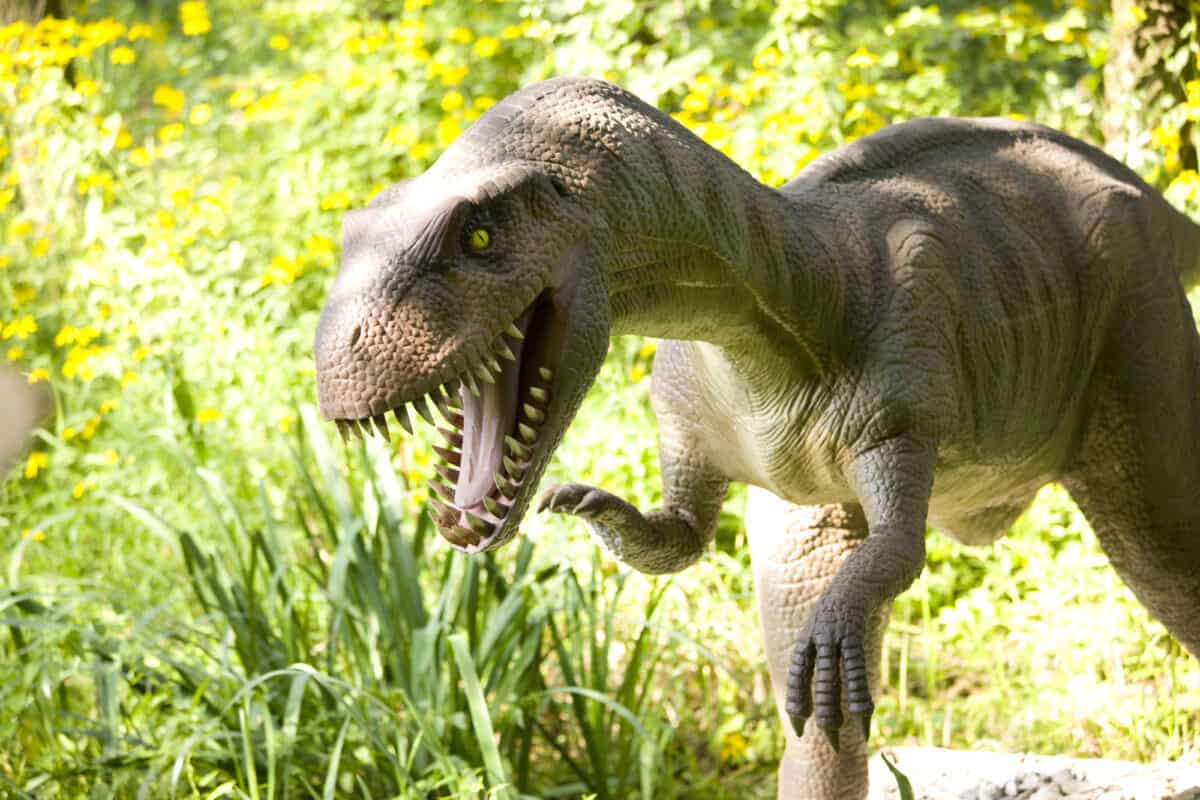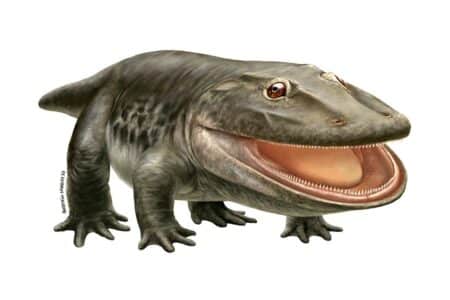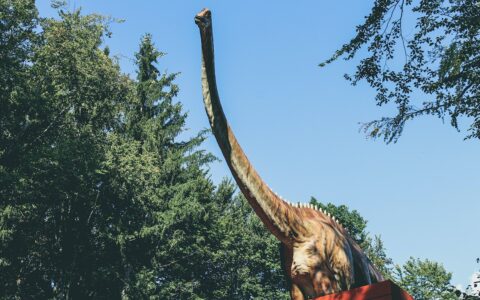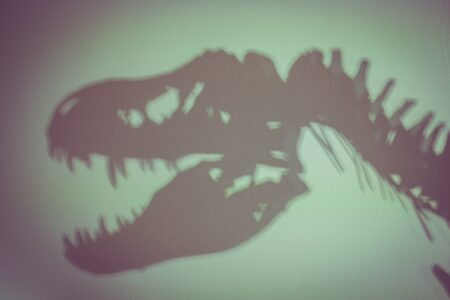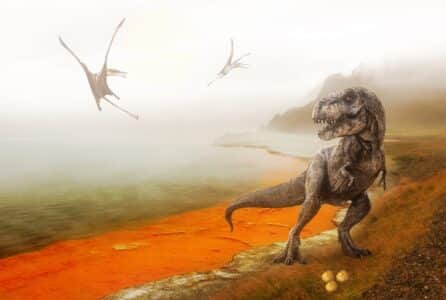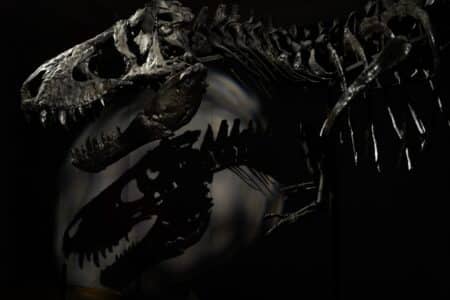It is difficult to imagine a world where dinosaurs once dominated! That these iconic creatures who captivate our imaginations through books, movies, and toys, once walked where we do today.
These mystic creatures roamed the earth during the Mesozoic Era 251 million to 65.5 million years ago! There are many theories as to why they went extinct, one of them being that an asteroid hitting the earth caused dust clouds so massive that they blocked the sun for several years. Imagine that!
Did you know that the extinct group we know as Dinosaurs were reptiles? And some, although few, had feathers! These animals were of many different sizes, lived in various habitats, and had different abilities – like flying and swimming. By analyzing their teeth, researchers have found that some species were herbivores, others omnivores, and some carnivores and apex predators.
If you, like me, have always been fascinated by the mystery surrounding these massive (and small!), dominant, and dare I say cool creatures, you have come to the right place!
Jump to any section or enjoy all the information!
Dinosaurs Overview
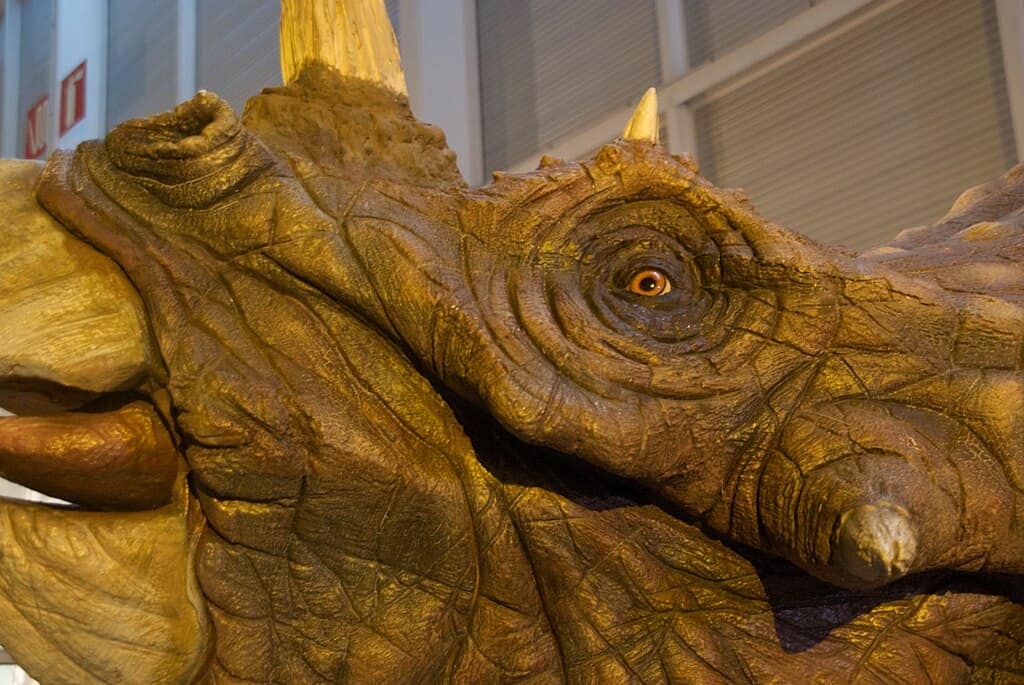
50 Types of Dinosaurs
- Allosaurus
- Ankylosaurus
- Apatosaurus
- Archaeopteryx
- Argentinosaurus
- Baryonyx
- Brachiosaurus
- Brontosaurus
- Camarasaurus
- Carnotaurus
- Coelophysis
- Compsognathus
- Corythosaurus
- Deinonychus
- Dilophosaurus
- Dimetrodon
- Diplodocus
- Dryosaurus
- Edmontosaurus
- Elasmosaurus
- Euoplocephalus
- Gallimimus
- Giganotosaurus
- Iguanodon
- Maiasaura
- Microraptor
- Oviraptor
- Pachycephalosaurus
- Parasaurolophus
- Plateosaurus
- Protoceratops
- Pteranodon
- Spinosaurus
- Stegosaurus
- Styracosaurus
- Therizinosaurus
- Torosaurus
- Triceratops
- Troodon
- Tyrannosaurus rex
- Utahraptor
- Velociraptor
How Many Dinosaur Species Were There?
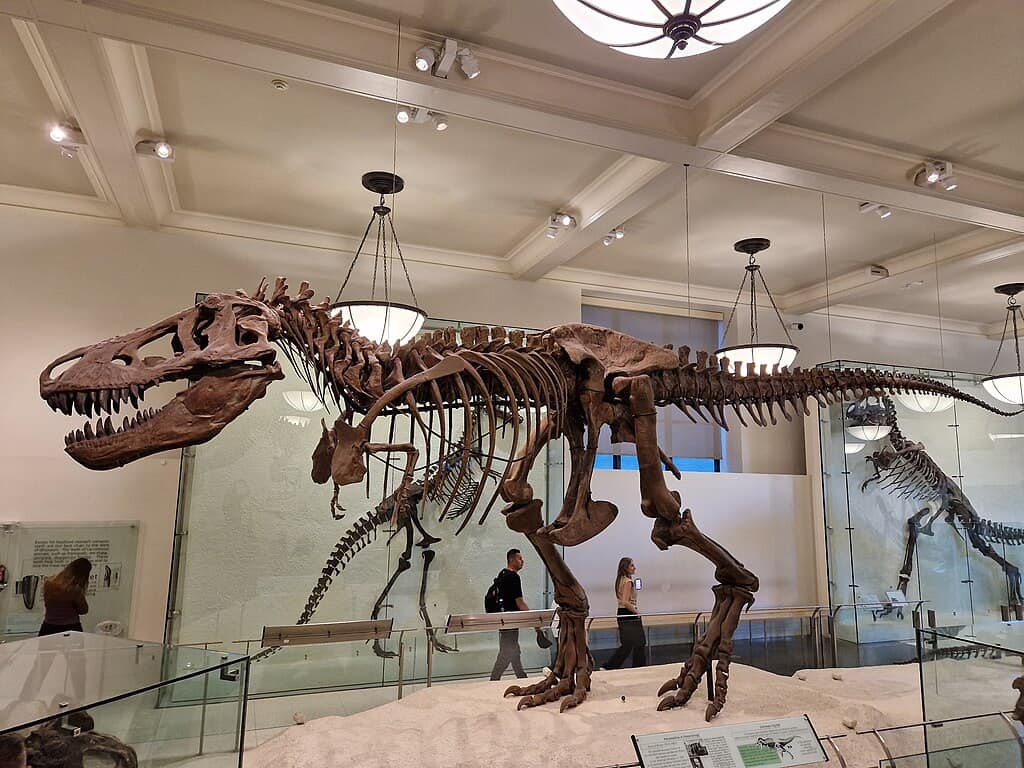
As you surely know, dinosaurs are extinct. This makes determining the exact amount of species quite the challenge! That being said, the number of known species is determined by the amount of fossils found and described to date. According to the latest research, there are 900 confirmed non-avian dinosaur genera and over a thousand species, 1124 to be exact! However, it is widely believed that many more species existed but have not yet been discovered.
But a cool fact is that fossil records have shown that birds evolved from the hollow-boned theropod dinosaurs – making them feathered dinosaurs – and there are over 11,000 living bird species today.
The non-avian dinosaurs – all the extinct dinosaurs – were made up of many different groups who had different diets, some used all four legs and some were bipedal, some could fly and others could swim, some were massive like the infamous T.rex and others were much smaller – often seen as prey by the larger carnivorous species.
Where Did They Live?
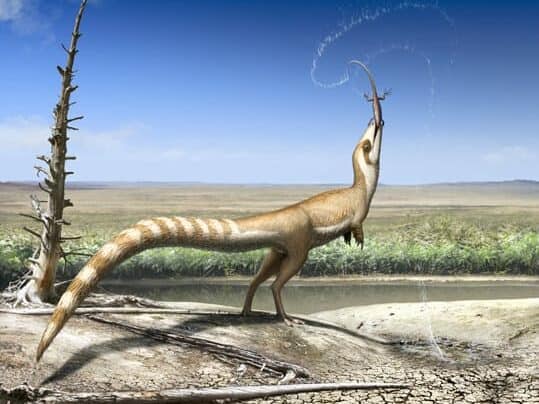
It is important to note that the environment, climate, ecosystems, and even the atmosphere composition differed immensely during the Mesozoic Era from the earth we know today. That being said, dinosaur fossils have been found on all continents, even Antarctica! Nonetheless, here are some of the habitats dinosaurs lived in:
- Terrestrial: These animals lived in various terrestrial habitats, including deserts, jungles, forests, swamps, open planes, and even polar regions!
- Semi-aquatic: Some dinosaurs were adapted to spend some of their time both in water and on land. These dinosaurs would likely have lived in areas such as marshes, swamps, riverbanks, and lakes.
- Aquatic: Other dinosaurs were adapted to live in water habitats, such as lakes, rivers, and the ocean.
Learn More About Dinosaurs
Most Popular Dinosaur Species
| Dinosaur | Size | Weight | Diet | Fun Fact |
| Tyrannosaurus Rex | Average body size of 43 feet and a 5-foot head, and stood 21 feet tall! | 7.5 tons | Carnivore | Believed to be the most ferocious of the dinosaurs. |
| Triceratops | Average of 10 feet tall and 30 feet long! | 7.3 tons | Herbivore | They are one of the most commonly excavated dinosaur fossils. |
| Velociraptor | Average of 6 feet long and 3 feet tall. | 100 pounds | Carnivore | Even though their arms were too short to fly, they still had feathers. |
| Brachiosaurus | Average body of 82 feet and a 30-foot neck! | 80 tons | Herbivore | Their back limbs were shorter than their front limbs. |
| Archaeopteryx | Average body of 1.8 feet and a wingspan of 2.4 feet! | 2.2 pounds | Carnivore | They had feathers! |
| Dilophosaurus | Average length of 20 feet | 1,000 pounds | Carnivore | They had extremely strong, but light skeletons with air pockets in them. |
| Stegosaurus | An average length of 28 feet and 13 feet tall. | 5.5 tons | Herbivore | They ate rocks to help their digestion. |
| Spinosaurus | Average body of 59 feet, 6 feet head, and 5.5 feet sail. | 22 tons | Carnivore | Largest carnivorous dinosaur known. |
Did Humans and Dinosaurs Ever Exist Together?
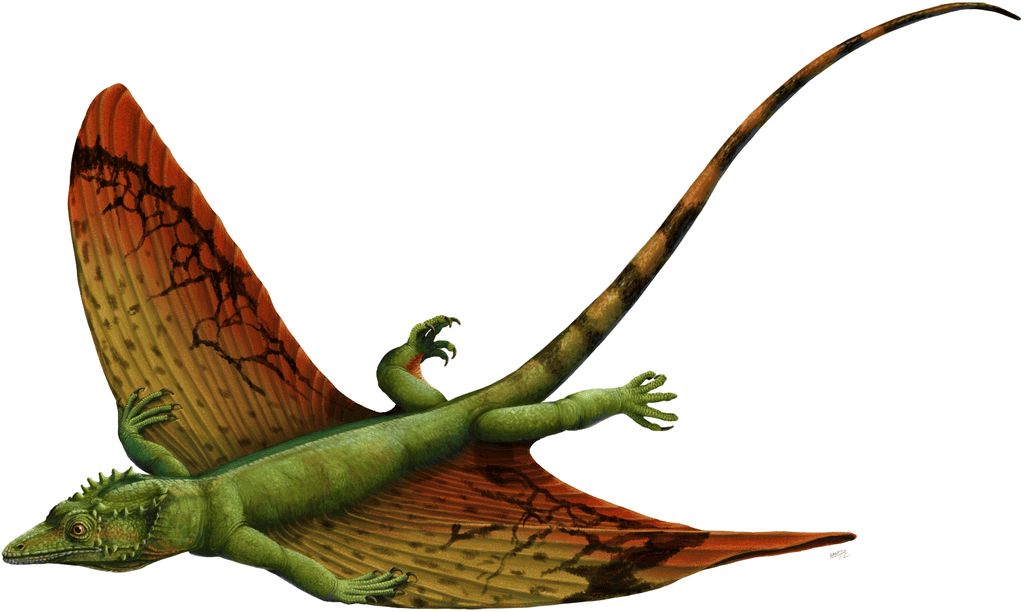
Contrary to what is portrayed in films like Jurassic Park, humans and dinosaurs never walked the earth together! Researchers estimate that these creatures went extinct more than 65 million years ago, along with about 75% of the other plant animal species on earth, during the Cretaceous–Paleogene extinction event. While the first homo sapiens only came into existence around 300,000 years ago and the first homonins, the group under which modern humans and all extinct human species fall, only appeared 6 million years ago.
This is one of the ways that Mother Earth proves that she takes care of everything and everyone living on her. Imagine a world where we had to protect ourselves from 20-ton reptiles – no doubt humans would have come second in that interaction!
Dinosaur Records
7 Facts That Surprised Me
- Not all dinosaurs were as massive as we think! Many were actually quite small, only measuring about 20 inches in length.
- Some dinosaur species ate rocks to help grind up the food in their stomachs.
- A couple of dinosaurs, like the Velociraptor, are believed to have been warm-blooded.
- Dinosaurs were colorful animals! First, they were believed to have plain colors, but recent discoveries indicate that many dinosaurs sported colorful feathers.
- The Micropachycephalosaurus has the longest name of all the dinosaurs, and it means “tiny thick-headed lizard”.
- Dinosaurs laid eggs, and the largest dinosaur egg found belonged to the Hypselosaurus priscus and is 10 inches in diameter and 12 inches in height!
- Not all dinosaurs roamed the earth at the same time.
Images & Videos
Dinosaur FAQ’s
The Argentinosaurus was the biggest dinosaur known to date. They weighed around 100 tons and grew to 100 feet! These massive animals were herbivores and lived during the Late Cretaceous period.
Some dinosaur fossils were preserved pristinely, allowing scientists insights into not only their skeletal structures but also their skin, muscle composition, and internal organs. Together with footprints and even some of their poo, these fossils allow conclusions to be made about these extinct animals’ appearance and biology.
One theory is that dinosaurs became extinct over 65 million years ago after the Cretaceous–Paleogene extinction event. Where a massive asteroid hit the earth causing a mass extinction.
It is believed that the ornithomimids were the fastest species. They were bipedal, kind of ostrich-like, and could reach speeds upward of 50 mph.
Research discovery has shown that some ate meat like lizards, early mammals, and other dinosaurs or scavenged on dead animals. There were some that ate both meat and plants. While most had a pure herbivorous diet of plants only!
Did Mammals and Dinosaurs Exist at the Same Time?
As we know these animals went extinct about 65 million years ago. And during that time there were indeed mammals! However, these mammals did not belong to the modern mammal groups we know today, but all came from earlier branches of the mammal tree. The mammals that existed at the same time as dinosaurs had a wide variety of adaptations, some could glide, others could swim and burrow. These mammals acted as prey for many of the carnivorous dinosaurs and did not play as significant a role in the food chain as some mammals do today.
Latest Dinosaur Discoveries
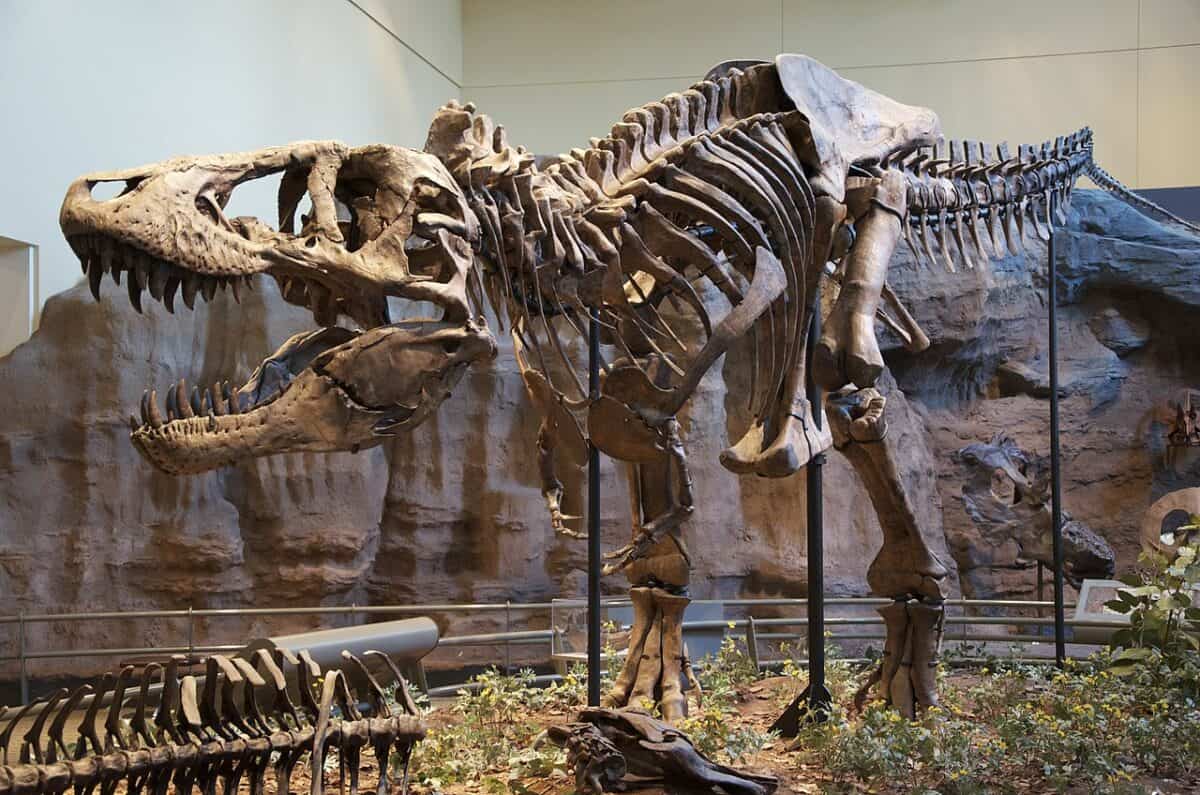
Paleontologists recently uncovered a new dinosaur species named Tyrannosaurus mcraeensis. Potentially the closest known relative of the Tyrannosaurus rex, these bones were initially discovered by civilians in 1983 in Las Cruces, New Mexico. The expeditions that followed revealed more bones, and after analyzing these discoveries for over two decades it is estimated that this might be the predecessor of the T. rex!
These bones were first believed to be those of a T. rex but differences in the jaw structure suggest a different feeding behaviour and mating display. Making the discovery of the Tyrannosaurus mcraeensis the newest dinosaur discovered to date!
My Connection to Dinos
Like many other people out there, I grew up playing with a T.rex, coloring pictures of these extinct animals in elaborate colors, and later on loving the Jurrasic Park movies! Unfortunately, like all of us, I never had or will have, the opportunity to meet a dinosaur. And I can’t decide if I am disappointed or relieved!
Fortunately, through all the discoveries and research done on them, there is a lot of information we can use to fill the gaps in our knowledge (and imagination) of these ancient reptiles. And I hope by reading this some of the mysteries surrounding dinosaurs cleared up for you or an interest got sparked. If there are any questions you have, feel free to contact me or comment and I’ll do my best to answer them – but remember, I am only an amateur paleontologist at best!
Learn more about other reptiles:
Newest Category: Dinosaurs
- Water Loving Golden Retriever Sneakily Takes Dips in the Neighbor’s Pool - July 22, 2024
- Angry Elephant Bull Charges Safari Vehicle - July 21, 2024
- Lioness Catches 6 Dogs In 7 Days From Kenya Homes – But Wives Are Happy - July 21, 2024

